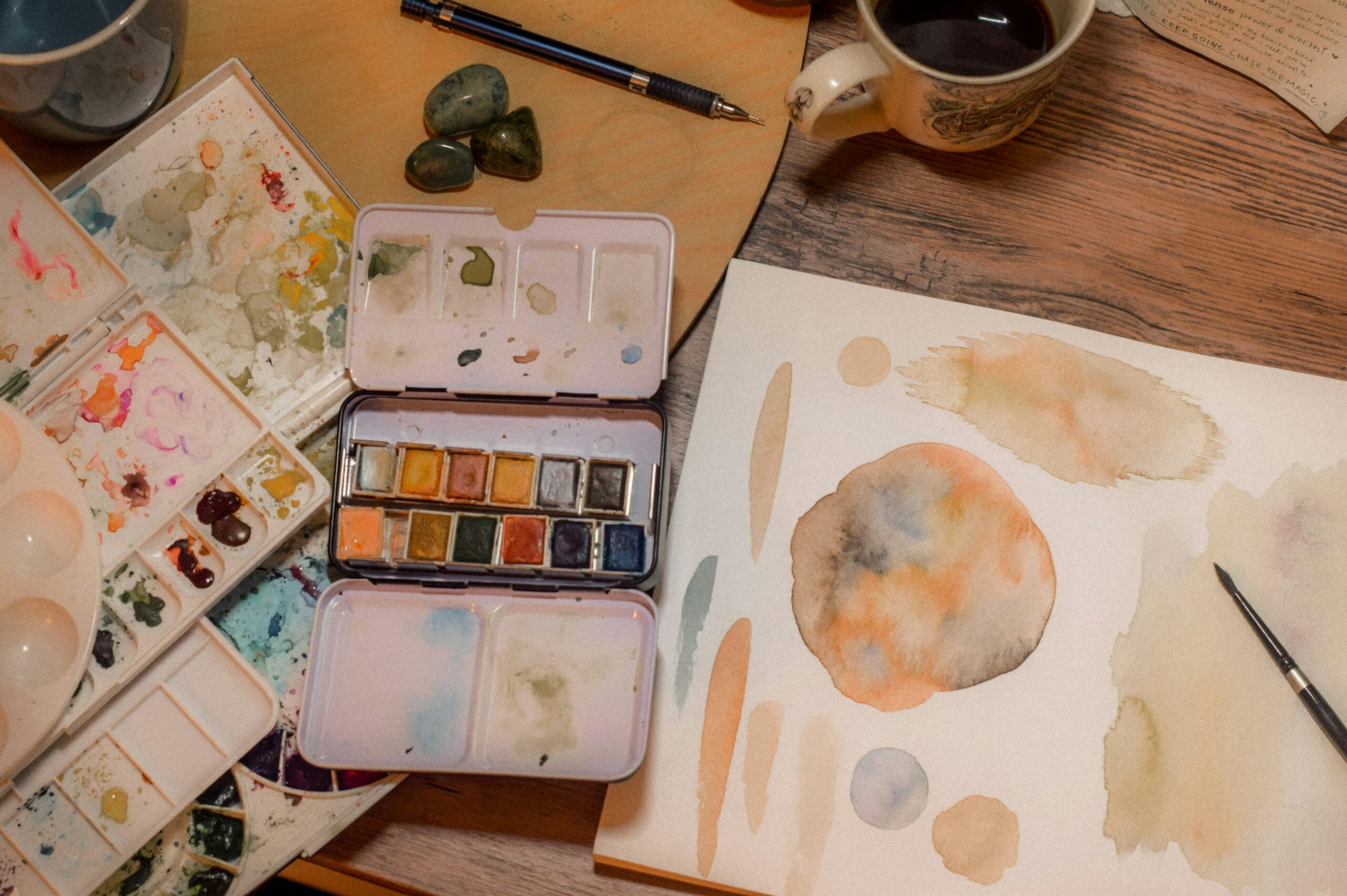
Photo credit : Sarah brown
Depression is a complex mental illness that affects millions of people worldwide, both children and adults. This condition manifests through persistent feelings of sadness, hopelessness, and a loss of interest in daily activities.
Unfortunately, depression is no longer confined to adults; it increasingly affects children, often due to new challenges such as cyberbullying.
Recent studies show a significant rise in cases of depression and anxiety among children and adolescents, exacerbated by issues like cyberbullying.
From traditional solutions to alternative therapies for treating depression
Depression is usually treated with talk therapies such as Cognitive Behavioral Therapy (CBT) and medication.
CBT helps individuals change their negative thoughts and behaviors, aiding them in better understanding and managing their emotions.
Medications, on the other hand, act on certain chemicals in the brain to improve mood. However, these methods are not always sufficient for everyone, which is where complementary approaches, such as art therapy, come into play.
Art-therapy: a complementary approach to living better with depression
As an art-therapist, I adopt a complementary approach to treating depression: art-therapy.
This method promotes expression and the ability to overcome personal difficulties through creativity, offering a powerful therapeutic outlet.
The impact of art-therapy on depression: comfort, expression, and reclaiming self
- Express Emotions: Art-therapy provides a safe space where individuals can express their repressed or overwhelming emotions through the activities offered in each session. This non-verbal form of expression helps release feelings that may be difficult to verbalize, offering crucial emotional relief for those struggling with depression.
- Self-Discovery: The creative process in art-therapy opens a pathway to a deep exploration of an individual’s inner world. This introspective journey helps uncover the roots of depression and fosters a better understanding of oneself. By expressing freely, without fear of judgment, participants can access buried emotions and memories that naturally surface through the act of creation.
- Stress Reduction: Art-therapy fosters a deep connection to the present moment, an essential aspect for reducing stress and anxiety. The focus required for creating allows participants to immerse themselves in a calming activity, temporarily distancing themselves from depressive thoughts and cultivating a sense of calm.
- Boosting Self-Confidence: Art-therapy encourages free creation without the aim of producing something "beautiful." The mere act of creating gives a sense of accomplishment, which helps to regain self-confidence.
- An alternative way to communicate : For those who find it hard to talk about their emotions, art therapy allows expression in a different way. This is especially helpful for those who cannot find the words to explain how they feel.
Art-therapy and depression: a tool for expression and resilience
- Its impact on the brain: Art stimulates areas of the brain related to pleasure and well-being. Creating releases chemicals like dopamine and endorphins, which improve mood. Art also helps the brain adapt and better manage emotions.
- Living in the moment: The creative process in art therapy encourages mindfulness practice, where the individual is fully engaged in the present moment. This enables detachment from recurring negative thoughts, facilitating a more positive outlook on life.
- Feeling in control again: Art-therapy gives individuals back control over their healing process by encouraging them to make autonomous creative choices. This empowerment can counteract the feelings of helplessness often associated with depression, thereby strengthening personal autonomy.
Practical applications of art-therapy in treating depression
- Individual sessions: Individual art-therapy sessions are customized to meet the specific needs of each person. This allows for an in-depth exploration of emotions and thoughts related to depression.
- Group therapy: Art-therapy group sessions creates an environment of sharing and support. It helps individuals feel less alone and to connect with others experiencing similar challenges.
- Combined approaches: Art-therapy can be used alongside other methods, such as talk therapy sessions or meditation exercises, to better treat depression and provide a more comprehensive approach.
Conclusion
Art-therapy is a valuable and effective method for treating depression by harnessing creativity as a powerful tool to address emotional and psychological challenges.
By providing a safe outlet for emotions, facilitating self-exploration, reducing stress, and boosting self-esteem, art therapy emerges as a holistic approach that can greatly improve the quality of life for those suffering from depression.
Ultimately, this practice invites deep healing by reconnecting individuals with their creative potential and true essence.
Références
- American Art Therapy Association. (n.d.). About Art Therapy. Retrieved from AATA
- Cyberbullying Research Center. (2023). 2023 Cyberbullying Data. Retrieved from Cyberbullying Research Center (Cyberbullying.org)
- National Institutes of Health. (2022). Cyberbullying linked with suicidal thoughts and attempts in young adolescents. Retrieved from NIH (National Institutes of Health (NIH))
- Georgetown University Center for Children and Families. (2022). Research Update: Children’s Anxiety and Depression on the Rise. Retrieved from Georgetown University CCF (Center For Children and Families)
- Journal of the American Academy of Psychiatry and the Law. (2023). Cyberbullying and Adolescent Suicide. Retrieved from JAAPL (JAAPL)
